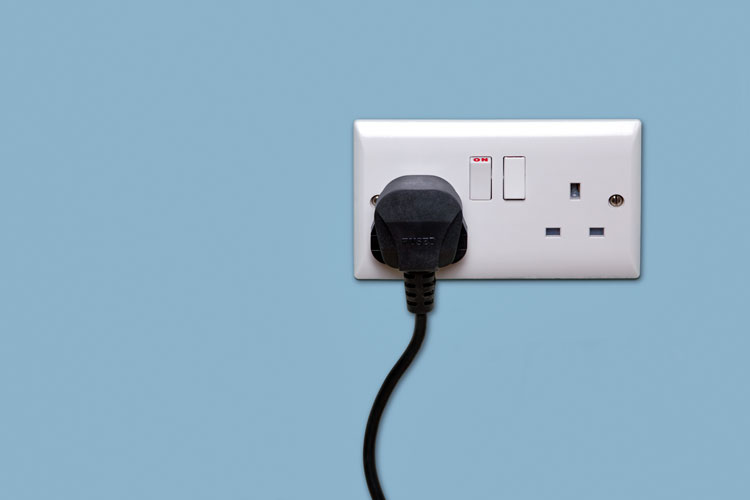Electricity Switches up 10% in September

More than 600,000 households switched their electricity supplier in September, a 10% increase over the same period last year.
The Big Six continue to lose accounts: more than a third (34%) of switches were away from the six largest energy suppliers to small and medium-sized suppliers, which offer competitive rates and sometimes renewable energy. 16% of switches were to Big Suppliers from smaller firms.
That’s a net loss of more than 100,000 accounts from the Big Six over the month.
As of the first quarter of the year, the last period for which data is available, the UK’s six largest energy firms held a 73% market share, down from nearly 100% at the beginning of the decade.
In 27% of switches in September, households were moving between a large range of small and mid-tier suppliers and in 23%, they were swapping one Big Six supplier for another.
Many customers were moving to lock in prices with fixed tariffs before the onset of winter and its higher fuel use.
Overall, 4.8 million households have moved supplier since the beginning of the year, up 11% from the same period last year. The figures suggest that 2019 may be the most active year for switching ever, beating 2018, when a record 5.8 million customers switched energy supplier.
Lawrence Slade, chief executive of trade body Energy UK said: “It is brilliant to see that every month more and more consumers reap the benefits of increased competition.
“Customers, whatever their circumstances, can benefit from checking their tariff so if you’re concerned about your bill going into winter, pick up the phone to your supplier and see if you’re on the best deal – or have a look at what other offers are available in the market.
“Just as importantly consumers can save more on their energy bills by getting a smart meter and making their house more energy efficient, which will also reduce their carbon footprint and help tackle climate change.”
The increased levels of switching suggest that the energy price cap on default and standard variable tariffs, introduced at the beginning of the year, hasn’t caused the complacency in the market that some feared.
Rates of switching were sustained in September although the biannual adjustment of the price cap means those who stuck with their supplier and its default tariff saw an average of £75 price cut on their annual energy bills from 1 October.
Read on our blog

With the government poised to implement tough new measures to...

Budget broadband provider TalkTalk has been notifying customers via email...

A year-long investigation by charity Citizens Advice has revealed a...

Education Secretary Nadhim Zahawi has announced a new commitment to...
